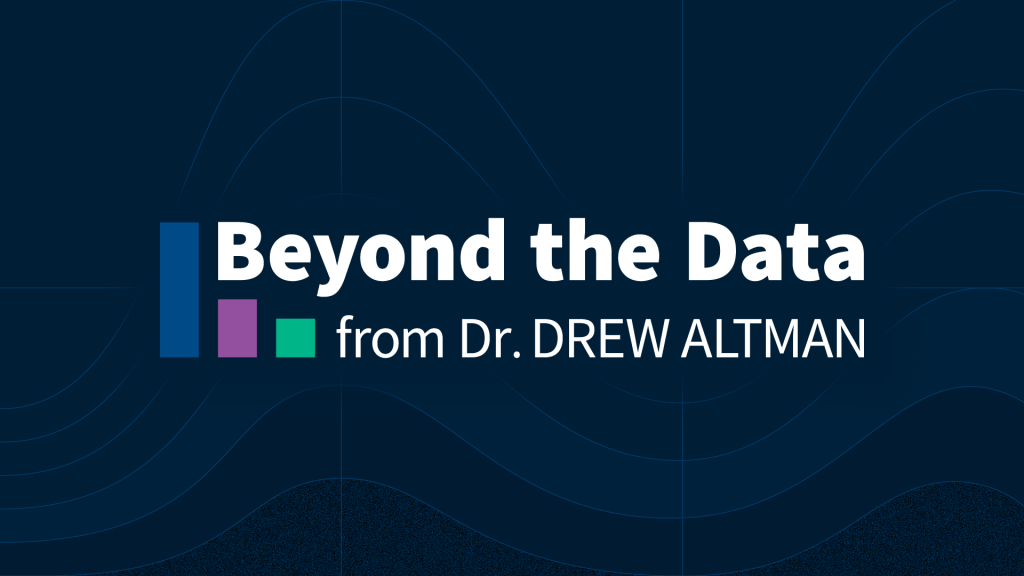Analysis: There is Significant Variation in State and Local Eligibility Criteria for Monkeypox Vaccines, and Vaccine Information is not Always Accessible
According to a new KFF analysis assessing monkeypox (MPX) vaccine eligibility across the United States, people who are exposed or presumed exposed to MPX are generally eligible to get a vaccine across the country. However, eligibility varies across the United States for certain workers, including laboratory staff and others who might be at increased risk.
